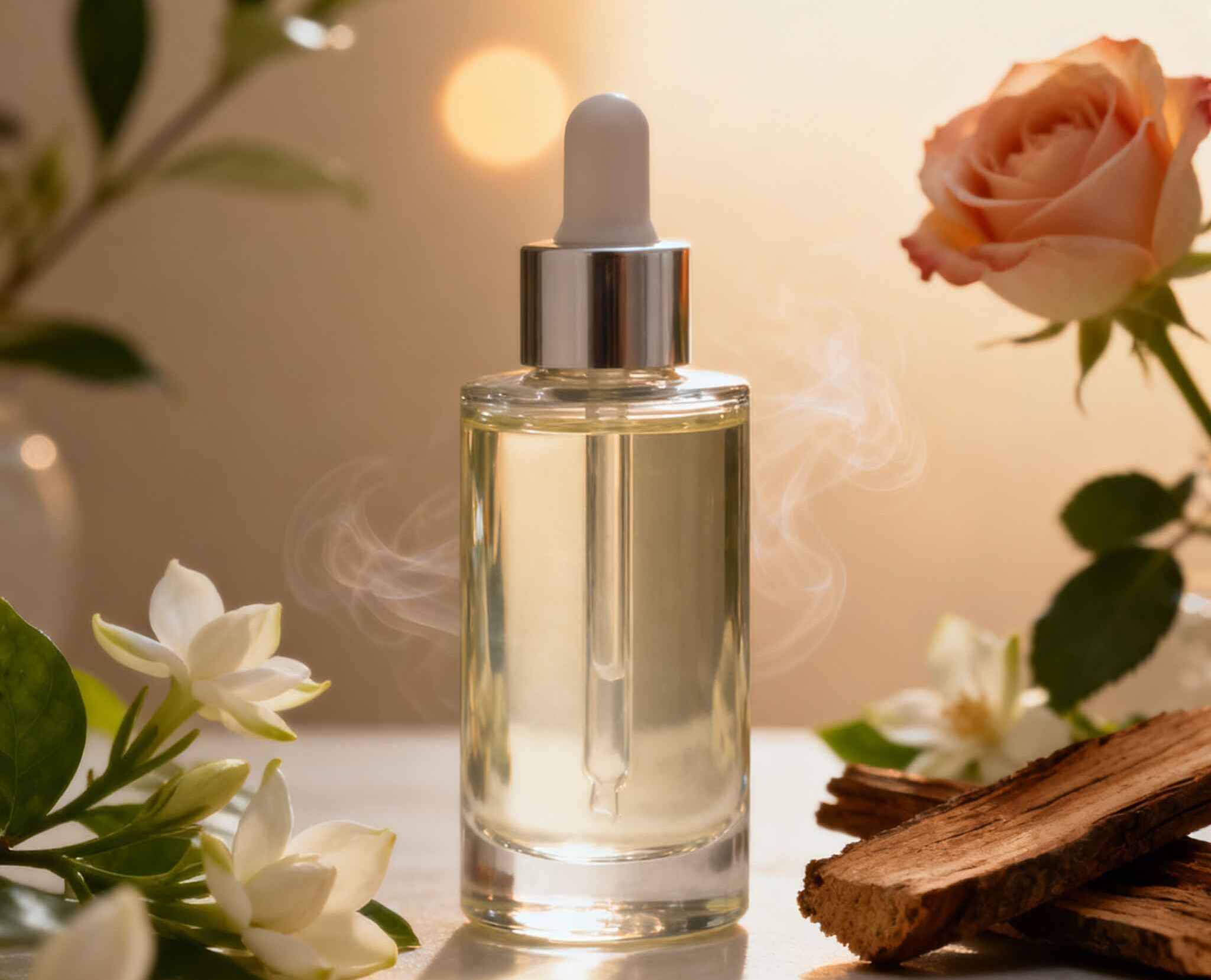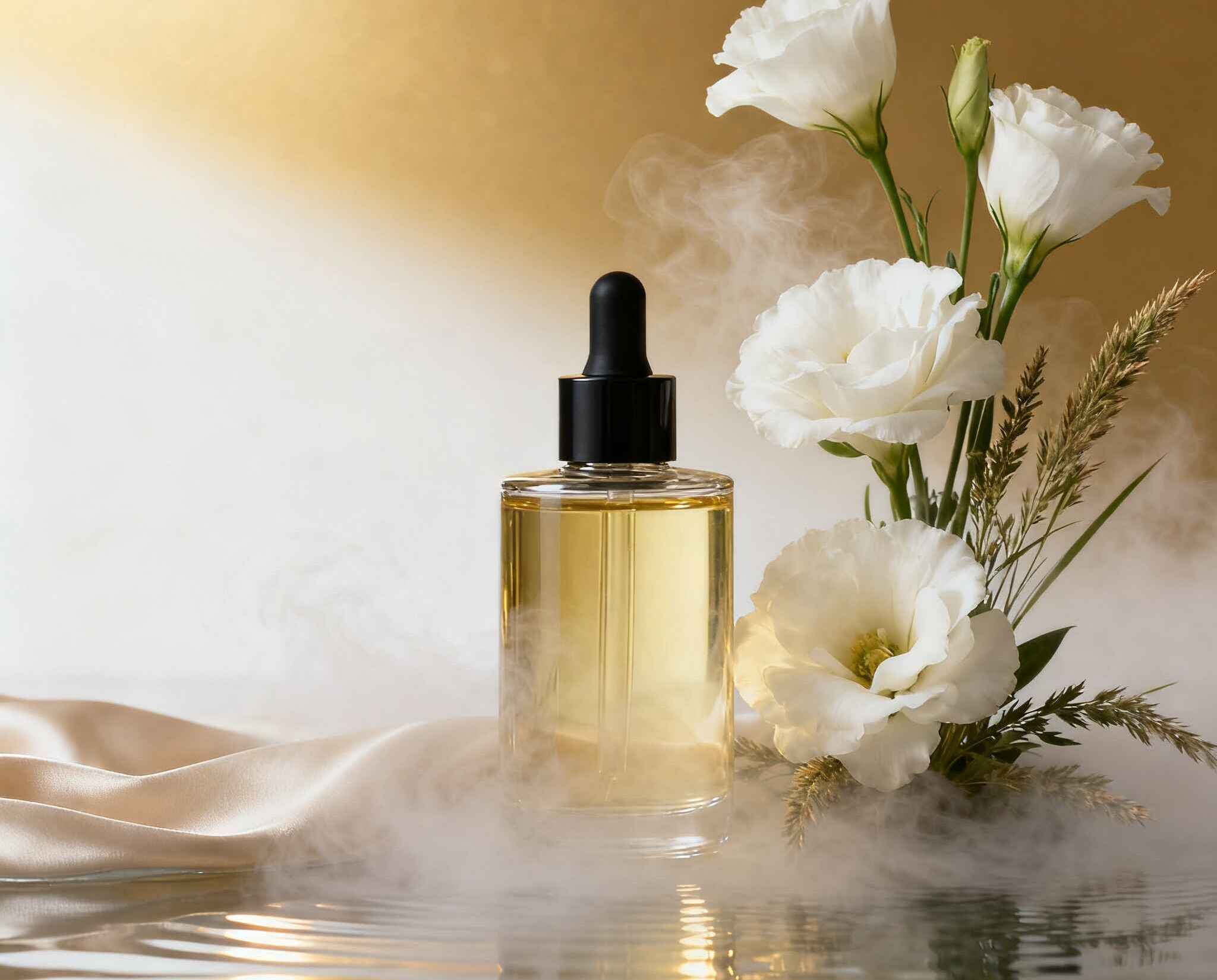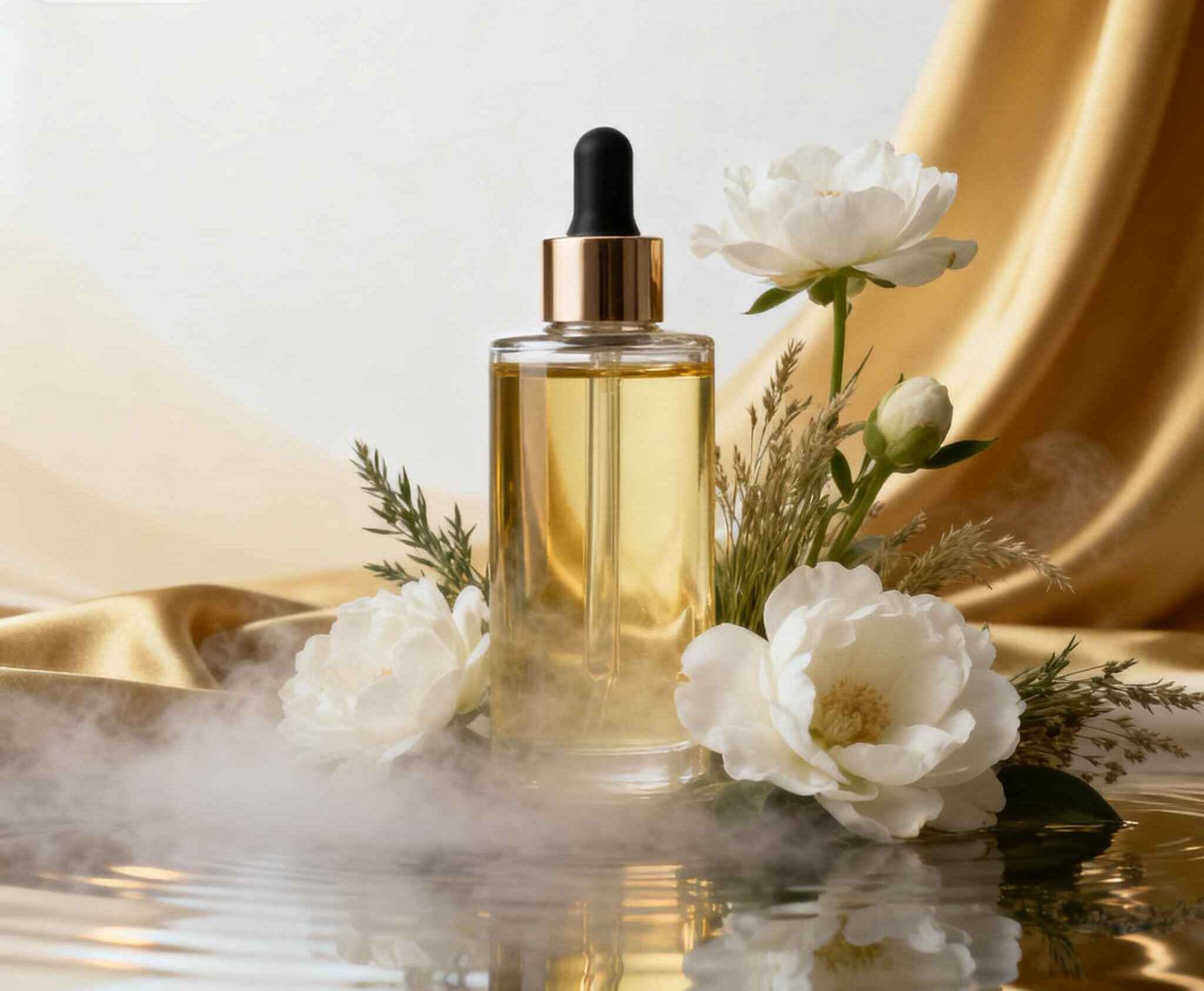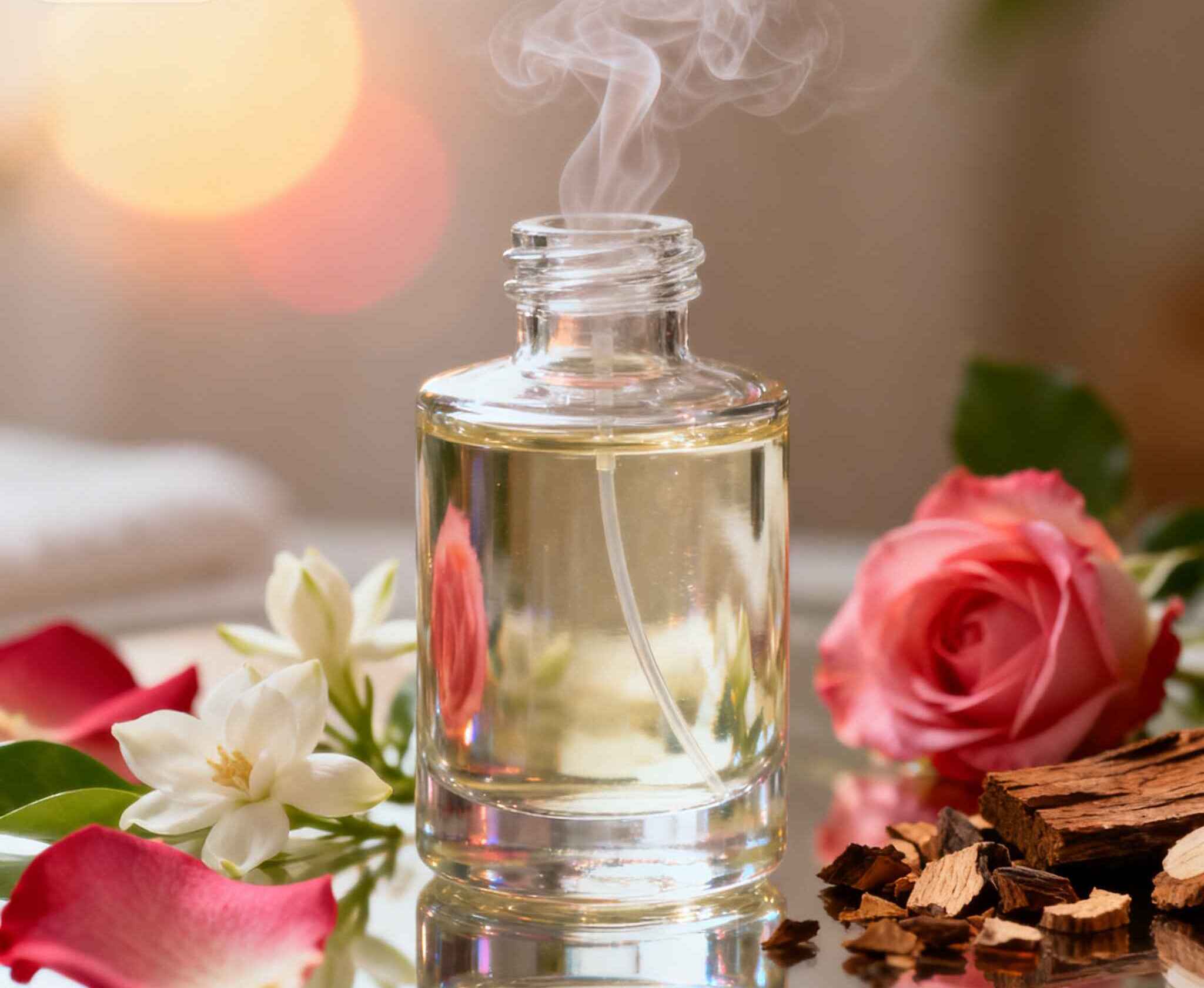



Short take: in luxury hair care, scent isn’t a garnish. It shapes first impressions, repeat buys, and even how “soft,” “clean,” and “silky” feel to you. That power lives in three places—on-fiber deposition, controlled release, and compliance—plus the craft to make those pieces sing together.
People shop with their nose, more than we admit. If a shampoo smells great in-shower and still whispers on dry hair, it reads premium. If it ghosts after rinse, it reads budget. That’s blunt, but true.
Layering is the other signal. Users stack rinse-off, conditioner, mask, and a hair mist to build a personal cloud. When you keep the olfactive theme consistent across the routine, you lift willingness to try the full set. And yes, the halo effect is real—richer scent often makes the base feel richer, even when the silicone level stays the same.
| Signal | Why it matters | Brand move |
|---|---|---|
| “Smell first” decision behavior | Scent is the first filter in-store and online | Lead with the olfactive story on PDP, pack, and samples |
| Routine layering (wash → care → mist) | Extends trail and ownership of the day | Offer matching accords across SKUs to lock recall |
| Halo on performance | Scent shifts perceived slip/softness | Tie claims to sensory testing + clear fragrance pyramid |
Want hair-safe accords that fit rinse-off or leave-on? Browse Hair Care Fragrance Supplier | 40k+ Formulas and Personal Care Fragrance Oils to start fast.

A luxury wash shouldn’t stop at the shower. You need fragrance to reach the fiber, stay there, and bloom at the right moments. Three levers help:
In conditioning shampoos, the anionic surfactant meets a cationic polymer (think PQ-10, cationic guar) and forms a coacervate—a creamy, sticky phase that deposits on hair during rinse. That phase drags lipophilic materials, including perfume, onto the fiber. Get the salt level, surfactant blend, and polymer grade right, and you win both on-fiber load and wet combing.
Hair is negatively charged, especially when damaged. Cationic polymers adsorb to the surface and act like parking lots for other goodies. In practice: pair PQ-10/cationic guar with your accord to improve persistence in rinse-off, then echo with a leave-on milk or serum for the top-up trail. Small tweak, big feel.
If top notes fly away too fast, the product feels cheap. Use cyclodextrin inclusion complexes to cradle volatile notes (citrus, greens) and biodegradable microencapsulation to time the bloom—comb-through, blow-dry, day-time motion. You’ll notice the “lift” on the first brush stroke. It ain’t subtle.
| Mechanism / Jargon | What it does | Where it shines | Ops/Dev notes |
|---|---|---|---|
| Coacervate (surfactant + PQ) | Boosts fragrance and polymer deposition on hair | Conditioning shampoos (rinse-off) | Balance viscosity and salt; check phase stability |
| PQ-10 / Cationic guar | Positive charge binds to hair → holds perfume | 2-in-1, masks, cleansers | Tune use level to avoid build-up on fine hair |
| Cyclodextrin complexes | Stabilizes top notes; slow release | Dry shampoo, light serums | Great for citrus/floral; powder handling friendly |
| Biodegradable encapsulation | Timed bloom; motion-activated trail | Leave-on mists, creams | Future-proof vs. microplastics rules |
| Keratin-affine peptides | “Hair anchors” for higher on-fiber load | Premium lines | Cost/benefit to model; nice for hero SKUs |
Need a matching accord for both 7A (wash-off) and 7B (leave-on) use? Cosmetic Fragrance | IFRA-Certified & Custom covers category-specific documentation and use-level guidance.
Hair is a living history of chemical treatments. Virgin hair often retains fragrance more evenly; bleached or heat-stressed hair is more porous and can “burst” top notes early. You fix that by pairing your accord with lightweight film formers, or by adding fixative musks/woods that don’t flatten volume.
Practical split:
Small thing: let the scent evolve on blow-dry. That’s when users decide if it feels “salon.”

Luxury means great smell and clean paperwork. In hair you live inside IFRA Category 7A (wash-off) and 7B (leave-on). The maximum acceptable concentration depends on the category and the materials in the accord. Keep your CoC (Certificate of Conformity) current and ensure the same theme is correctly adjusted across each SKU.
Allergen transparency matters, too. Expanded allergen labeling requirements in the EU mean your INCI needs clear names for certain fragrance components if they cross thresholds. Build your artwork system now; don’t rush at the last minute.
Microplastics? If you use encapsulation, choose biodegradable shells to stay future-safe and retailer-friendly. The switch has lab work, but it pays back in compliance and brand story.
| Area | What you need | Why users care | How to keep it simple |
|---|---|---|---|
| IFRA 7A/7B | Category-specific MACs & CoC | Safety baseline, retailer acceptance | Lock use levels during brief; test early |
| Allergen labeling | On-pack names when thresholds hit | Trust, clarity for sensitive users | Maintain allergen lists by SKU |
| Microplastics | Biodegradable capsule tech | Sustainability proof, cross-border access | Ask suppliers for degradability data |
I’Scent handles IFRA, ISO, GMP, and Halal documentation by default. Batch-to-batch traceability is baked in. See OEM/ODM Fragrance Oil & Perfume Raw Materials Manufacturer for an overview.
Start with the base. Surfactant system affects bloom. A softer base (SLES + betaine + APG) often gives friendlier top-note lift than a harsh system. If the base is too stripping, the perfume has to work twice as hard.
Design for moments. In-shower bloom, towel-dry hush, blow-dry lift, day-time sillage. Map which notes show up where. Example: green citrus on lather, floral heart on towel-dry, soft musk and airy wood on blow-dry.
Keep the pyramid simple. Users remember one thing at a time. If your accord tries to tell five stories, none will stick.
Think hair types. Fine hair hates heavy fixatives. Coily hair loves creamy, cocooning accords with lactonic or powder facets. Oily scalps? Leaner top notes and a drier base.
Don’t fight silicone—tune it. Volatile silicones can boost lift; heavier ones can trap scent but risk dulling. Balance with your cationic system.
Make sampling easy. Mini sachets for wash-off, tiny mists for leave-on. One sniff in real life beats a paragraph online. (Yes, sounds obvious; still missed way too often.)
Signature scent builds brand memory. Use one theme across shampoo, conditioner, mask, and a minimalist hair mist. Adjust use levels for each category, keep the same heart. When a user catches the same vibe in the shower and again at lunch, the brand sticks.
Range strategy reduces dev risk. One theme, multiple forms, fewer unknowns. Ops likes it. Retail likes it. Consumers love the familiarity.
Speed matters. Windows shift, shelves don’t wait. I’Scent runs quick cycles—samples in 1–3 days and production in 3–7 days—so you don’t lose momentum. Low 5 kg MOQ for off-the-shelf lines helps you test; 25 kg is typical for custom scents. No calc of costs here; just the tempo you need.
I’Scent is a custom fragrance oil & perfume raw materials provider with a deep bench of perfumers and a large library. That means you can build new, or reverse-engineer a benchmark and tailor it to hair safety and category rules.
Explore by category:
| Capability | What it means for you | Notes |
|---|---|---|
| Rapid sampling | Faster decision cycles; more shelf chances | Typical 1–3 days for samples |
| Fast scale | Move from pilot to launch smoothly | Typical 3–7 days for production |
| Low MOQ | Test SKUs without overstock | 5 kg for standard lines |
| Custom MOQ | Efficient custom runs | 25 kg typical for custom scents |
| Compliance kit | IFRA/ISO/GMP/Halal + batch records | Retailer-ready dossiers |
| Traceability | Lot-to-lot consistency | ERP-level tracking end-to-end |
(A few typos are human: it read nice, and it work good enough to show we’re human, not stiff.)

Use case: rinse-off glow-up. Goal is fresh top-note bloom in shower, soft heart at towel-dry, and a gentle trail after blow-dry. SOLVE with coacervate tuning + cyclodextrin for top notes. Add a hint of powder in the mask.
Use case: damaged hair. Porosity dumps top notes early. SOLVE with low-tack cationic film former in a leave-on and a slightly weightier musk/amber fixative. Keep silicone light to avoid flattening.
Use case: oily scalp users. They dislike sweet heaviness. SOLVE with green/citrus lift, a drier woody musk base, and a clarifying surfactant system that still forms coacervate.
Use case: fragrance line extension. Same theme across hair and body builds identity. SOLVE with a master accord adjusted per category (7A vs 7B) and clear allergen lists in PDP.